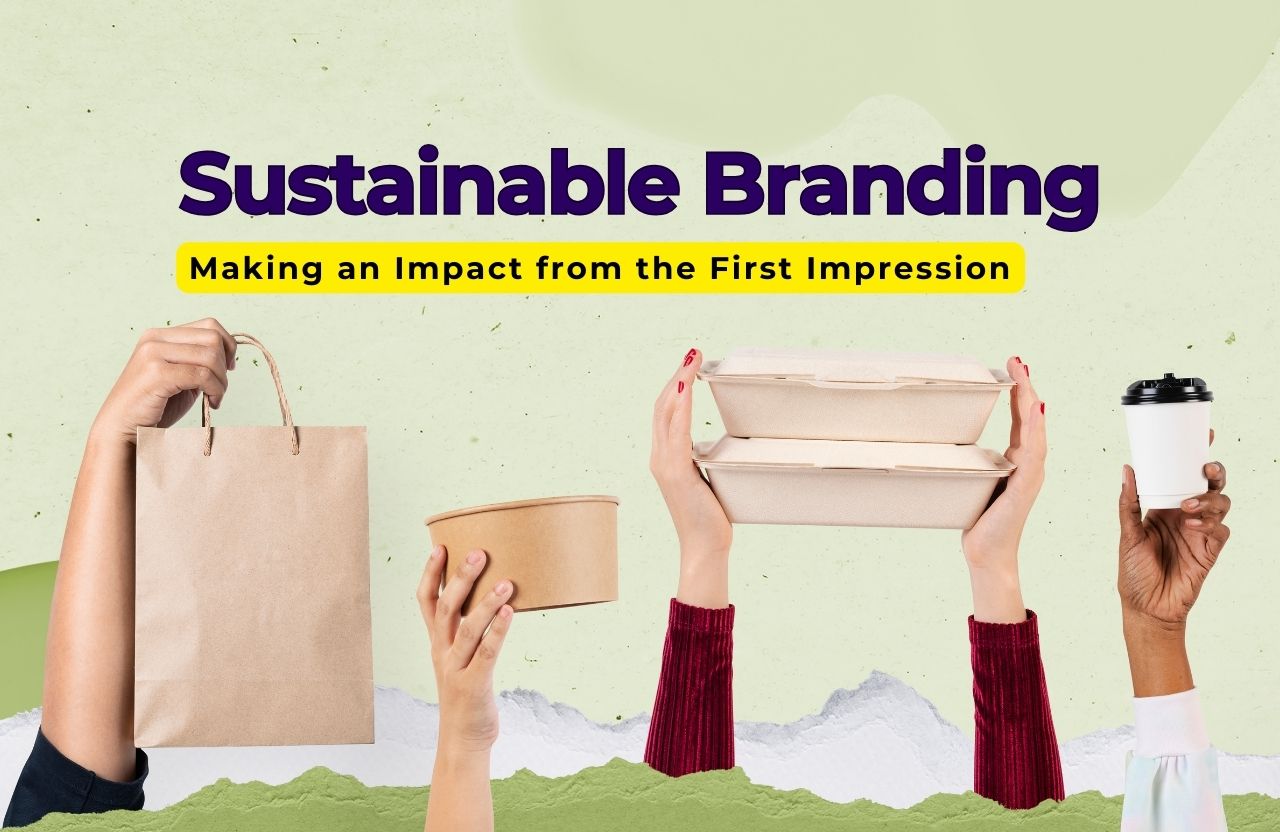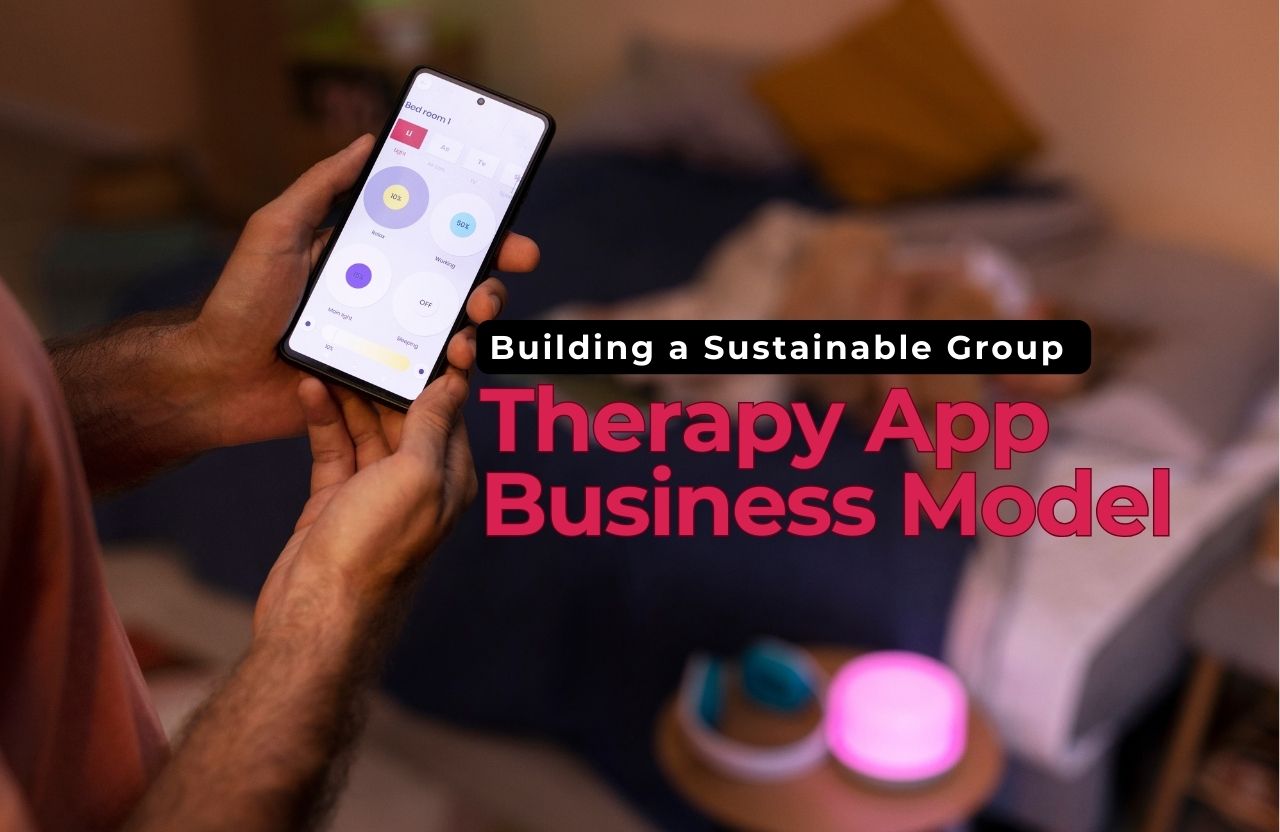In today’s experience-driven market, businesses that thrive are the ones that listen. Guests and customers don’t just want good products or services they want to feel heard, appreciated, and catered to. This is where the integration of guest feedback tools with Customer Relationship Management (CRM) and Point of Sale (POS) systems becomes a game-changer.
By unifying these three components feedback, relationship management, and transaction data, businesses can create a seamless and intelligent operation that not only enhances customer satisfaction but also drives strategic decision-making, increases repeat business, and boosts profitability. Let’s dive into how this integration adds real, measurable value across multiple touchpoints of the business.
The Evolving Nature of Customer Experience
Customer expectations have undergone significant changes over the past decade. It is no longer enough to provide a basic level of service. Guests want personalization, instant recognition, timely solutions, and proactive engagement.
A study revealed that 73% of consumers expect companies to understand their needs and expectations, and over 80% are more likely to do business with a company that offers personalized experiences. These statistics highlight a truth that businesses can’t afford to ignore — the voice of the customer is a key driver of loyalty, revenue, and growth.
What Happens Without Integration?
Before understanding the benefits of integration, it’s important to look at what businesses lose without it:
- Fragmented guest experiences due to data silos
- Delayed responses to guest issues or feedback
- Inconsistent personalization due to a lack of unified profiles
- Wasted insights because feedback doesn’t connect to purchase data
- Reactive problem-solving instead of proactive service delivery
Without integrated systems, a business can easily become tone-deaf to its customers’ needs.
Unpacking the Power of Integration
When guest feedback tools are connected with CRM and POS systems, businesses unlock a synergistic environment where each system enhances the performance of the others. Here’s how:
1. Creating Unified Customer Profiles
When feedback data is integrated with CRM and POS systems, businesses can build detailed, holistic profiles of each guest. These profiles include not just purchase history and contact information but also sentiment, satisfaction ratings, and specific preferences.
For instance, if a customer mentions they prefer gluten-free options in a feedback form and this data is captured alongside their transaction history and contact info, staff can be alerted in advance for future visits. This level of personalization turns a one-time guest into a loyal, repeat customer.
2. Turning Feedback into Actionable Insights
A guest feedback system by itself can capture a lot of valuable information. But unless that feedback is connected to what the guest bought (via POS) and who they are (via CRM), the context is often lost.
For example, a complaint about slow service becomes more meaningful when you see that the guest has dined at your establishment five times before and typically orders high-value items. This empowers your team to prioritize the feedback, respond with empathy, and retain a valuable customer.
3. Enabling Proactive Service Recovery
Integrating feedback tools into the CRM system allows businesses to track guest sentiment over time and flag dissatisfied customers in real-time. Service teams can then proactively reach out to guests before dissatisfaction escalates into a public review or loss of business.
This proactive approach transforms the guest experience. Instead of waiting for a customer to leave and never return, businesses can act swiftly — offering apologies, promotions, or improvements that rebuild trust and foster long-term loyalty.
4. Enhancing Operational Efficiency
Guest feedback often uncovers operational gaps — whether it’s a slow kitchen, inconsistent service, or long wait times. When that feedback is aligned with POS transaction timestamps and CRM data, managers can accurately identify patterns.
Let’s say multiple guests mention that service is slow between 7 PM and 8 PM on weekends. When matched with POS data showing a sales spike at that time, it reveals a staffing issue. Rather than relying on guesswork, the business can realign scheduling and optimize resources, improving efficiency without trial and error.
5. Fueling Data-Driven Marketing Campaigns
When guest feedback tools is tied to CRM profiles, it allows for more targeted marketing. A guest who gave a glowing review about the seafood menu can be included in future promotions related to similar offerings.
Meanwhile, a guest who left critical feedback but continued to make purchases can be included in re-engagement campaigns with personalized offers. This is far more effective than generic marketing blasts, leading to better open rates, conversion, and customer lifetime value.
6. Increasing Guest Retention
Retention is often more cost-effective than acquisition. According to research, increasing customer retention by just 5% can lead to a profit increase of 25% to 95%. Integrating feedback with CRM helps track the emotional journey of each customer, allowing businesses to intervene at the right time and strengthen the relationship.
By showing guests that their voice matters — and then taking visible actions — businesses create trust. And trust is a critical currency in today’s marketplace.
7. Improving Staff Performance
Feedback doesn’t just serve customers; it also provides insights into team performance. When feedback is linked to POS transactions, it’s easier to identify patterns related to specific teams, shifts, or employees.
This can lead to more informed training programs, reward systems for excellent service, and quicker correction of poor behavior. It drives a culture of accountability and continuous improvement, essential for delivering consistently high-quality service.
8. Generating Real-Time Dashboards and Reports
Integration allows managers to see real-time dashboards that combine sales data, customer sentiment, and guest behavior. This visibility is crucial for making agile decisions.
If a certain location receives frequent complaints while another gets rave reviews, you can drill down into the data — examining POS activity, service times, and customer notes — to determine what’s working and what’s not.
9. Mitigating Negative Public Reviews
Many negative online reviews stem from unaddressed in-person frustrations. When guest feedback tools are integrated with POS systems and CRMs, staff can quickly identify guests who had a poor experience and resolve issues offline before they go public.
This not only protects the business’s reputation but also shows guests that the business values their input, leading to higher satisfaction and retention.
10. Future-Proofing the Business
As customer expectations continue to evolve, businesses must keep up with data-driven personalization, omnichannel engagement, and rapid responsiveness. Integration between feedback systems, CRM, and POS provides the technological backbone to meet these expectations.
It empowers businesses to adapt, scale, and innovate based on real customer needs — not assumptions. In a world that rewards agility, integrated systems aren’t just helpful — they’re essential.
The Value of Real-Time Integration
One of the most powerful aspects of integration is real-time data flow. When guest feedback tools are processed and aligned with guest transactions instantly, businesses can take action on the fly. Whether it’s sending a personalized thank-you message, issuing a refund, or flagging a recurring complaint — real-time integration allows for real-time improvement.
According to recent industry data, businesses that leverage real-time customer insights experience up to 3x higher customer satisfaction scores compared to those that rely on delayed or manual systems.
Real-World Impact: Integration in Action
Imagine a guest leaves feedback noting they didn’t receive the item they ordered. With integrated systems, the business can immediately identify:
- Who served the guest
- What they ordered and paid for
- How often they visit
- If there was a discrepancy in the POS
- Whether they’ve given feedback before
Instead of sending a generic response, the business reaches out personally: “We’re sorry your dessert didn’t match your order during your third visit last night. We’ve issued a refund and would love to make it up to you next time with a complimentary offer.”
This level of attentiveness is impossible without integration. But with it, a potentially lost customer becomes a brand advocate.
Challenges and Considerations
While the benefits are clear, integration does come with challenges:
- Data security and privacy: Guest data must be handled with care and in compliance with local data protection laws.
- Change management: Staff must be trained not only on the tools but on using data ethically and effectively.
- System compatibility: Some legacy systems might not easily support integration, requiring upgrades or middleware solutions.
Despite these hurdles, the long-term ROI of integration far outweighs the initial efforts. Businesses that delay risk falling behind in an increasingly competitive and customer-focused landscape.
Final Thoughts
In the modern era, data without connection is just noise. The real power lies in combining data from guest feedback tools, CRM, and POS systems to form a coherent, actionable strategy. Integration brings order to complexity, turning feedback into foresight, transactions into trends, and customers into champions.
By uniting these systems, businesses create a living ecosystem that listens, learns, and evolves. And in an age where customers have endless options and little patience, this kind of intelligence is not a luxury — it’s a necessity.













